3Rs of Sustainability for Tin Packaging
The 3Rs of sustainability for tin packaging—Reduce, Reuse, Recycle—offer a framework for travelers to minimize this impact while still enjoying their journeys. By implementing these principles throughout their travels, tourists can significantly decrease waste generation and contribute to preserving the natural beauty of their destinations. Sustainable travel has become increasingly important as environmental awareness grows globally. When exploring new destinations, travelers inevitably encounter various forms of packaging, with tin packaging being particularly common in food, beverages, and travel-sized products. The environmental impact of tin packaging in tourism destinations can be substantial, with discarded containers often littering beaches, trails, and natural areas.
Table of Contents
Toggle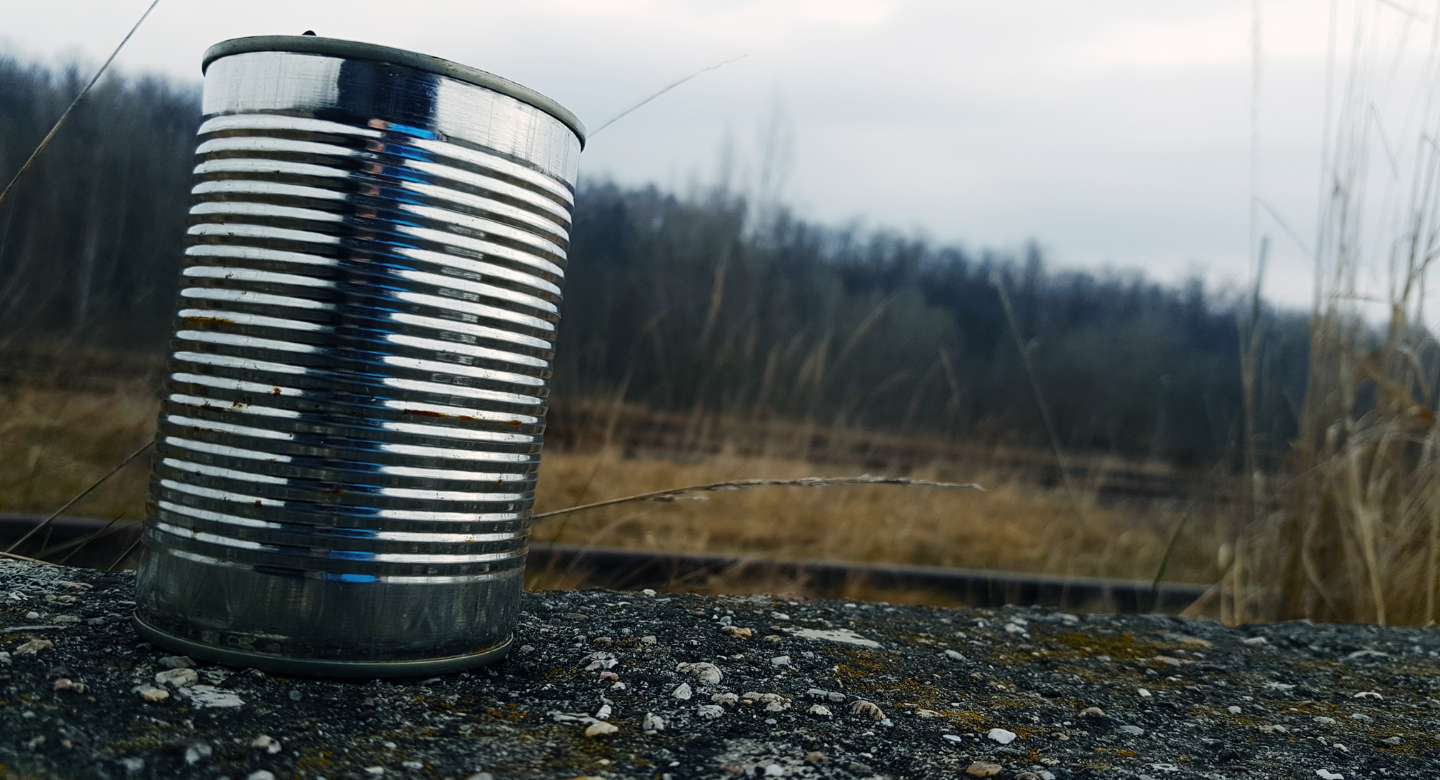
The travel industry generates enormous amounts of waste annually, and tin packaging constitutes a significant portion of this environmental burden. When improperly disposed of, tin packaging can harm wildlife, contaminate water sources, and detract from the visual appeal of tourism hotspots around the world. The 3Rs of sustainability for tin packaging provide a practical approach to addressing this challenge through conscious consumption, creative repurposing, and responsible end-of-life management. As more travelers embrace these principles, the collective impact on reducing tin packaging waste in popular destinations could be substantial, ensuring that future generations can enjoy these same natural wonders.
Why Tin Packaging Sustainability Matters in Travel and Tourism
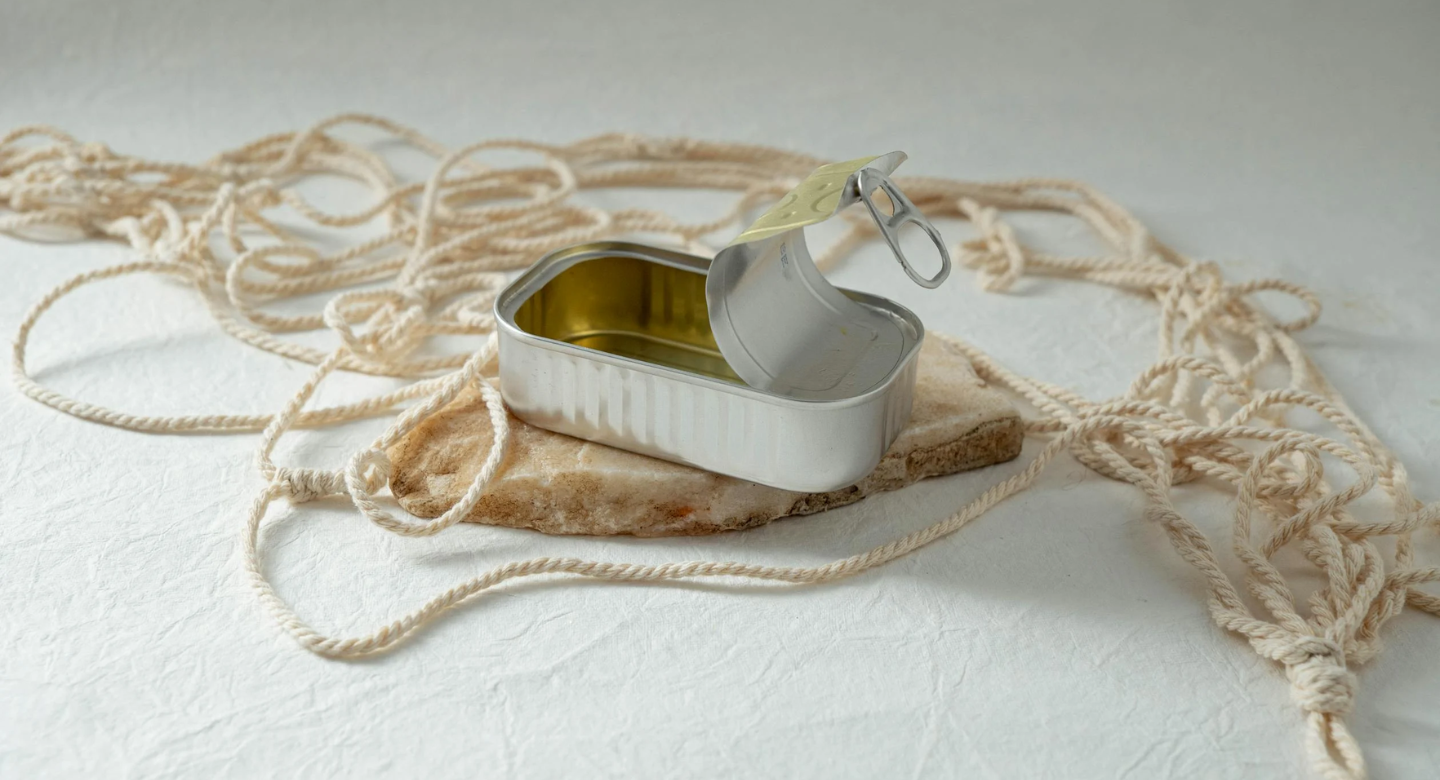
Tin packaging is ubiquitous in the travel experience, from canned beverages on flights to preserved foods purchased at local markets. The portability and convenience of tin packaging make it particularly prevalent in tourism contexts, where on-the-go consumption is common. However, this convenience comes with environmental consequences when tin packaging is not properly managed. In many popular destinations, discarded tin packaging accumulates in natural areas, threatening wildlife and ecosystem health.
The 3Rs of sustainability for tin packaging become especially relevant when considering the volume of waste generated by tourism. With millions of travelers consuming packaged products daily, the cumulative environmental impact is significant. Beaches, hiking trails, and camping grounds often suffer from improper disposal of tin packaging, undermining the pristine environments that initially attracted visitors. By implementing the 3Rs of sustainability, travelers can help preserve these natural spaces while still enjoying convenient packaged products during their journeys.
How Sustainable Travel Helps
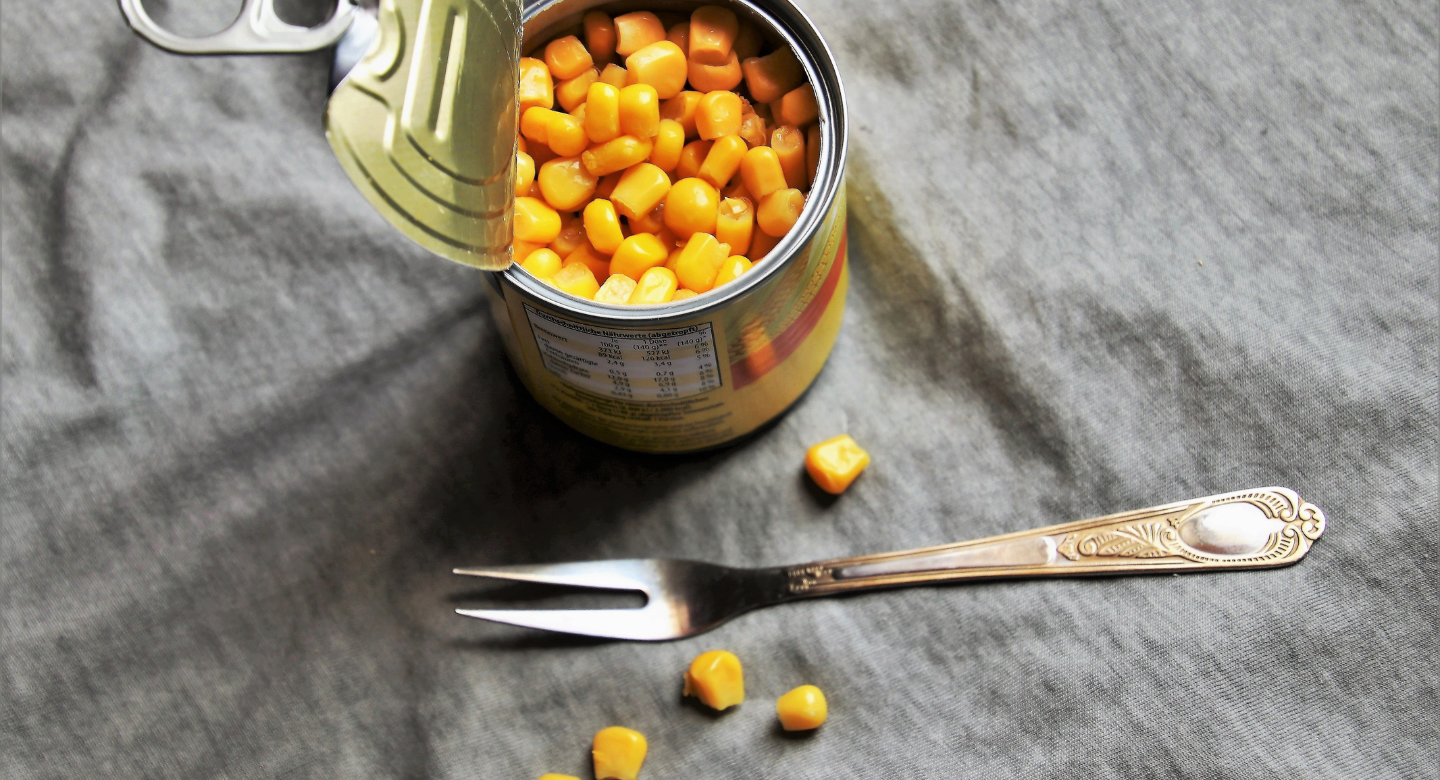
When travelers commit to the 3Rs of sustainability for tin packaging, they contribute to cleaner destinations and reduced environmental degradation. Conscious consumption choices, such as selecting products with minimal packaging or opting for locally produced items with less packaging waste, can significantly reduce the amount of tin entering the waste stream. Additionally, proper disposal practices ensure that used tin packaging enters appropriate recycling channels rather than ending up in landfills or natural environments.
Sustainable travel practices extend beyond individual behavior to influence broader industry trends. As more travelers demand eco-friendly alternatives and proper recycling facilities, tourism businesses respond by improving their sustainability measures. This collective approach to the 3Rs of sustainability creates momentum toward more environmentally responsible tourism practices globally, with benefits for destinations, local communities, and the planet as a whole.
How to Travel Sustainably with Tin Packaging
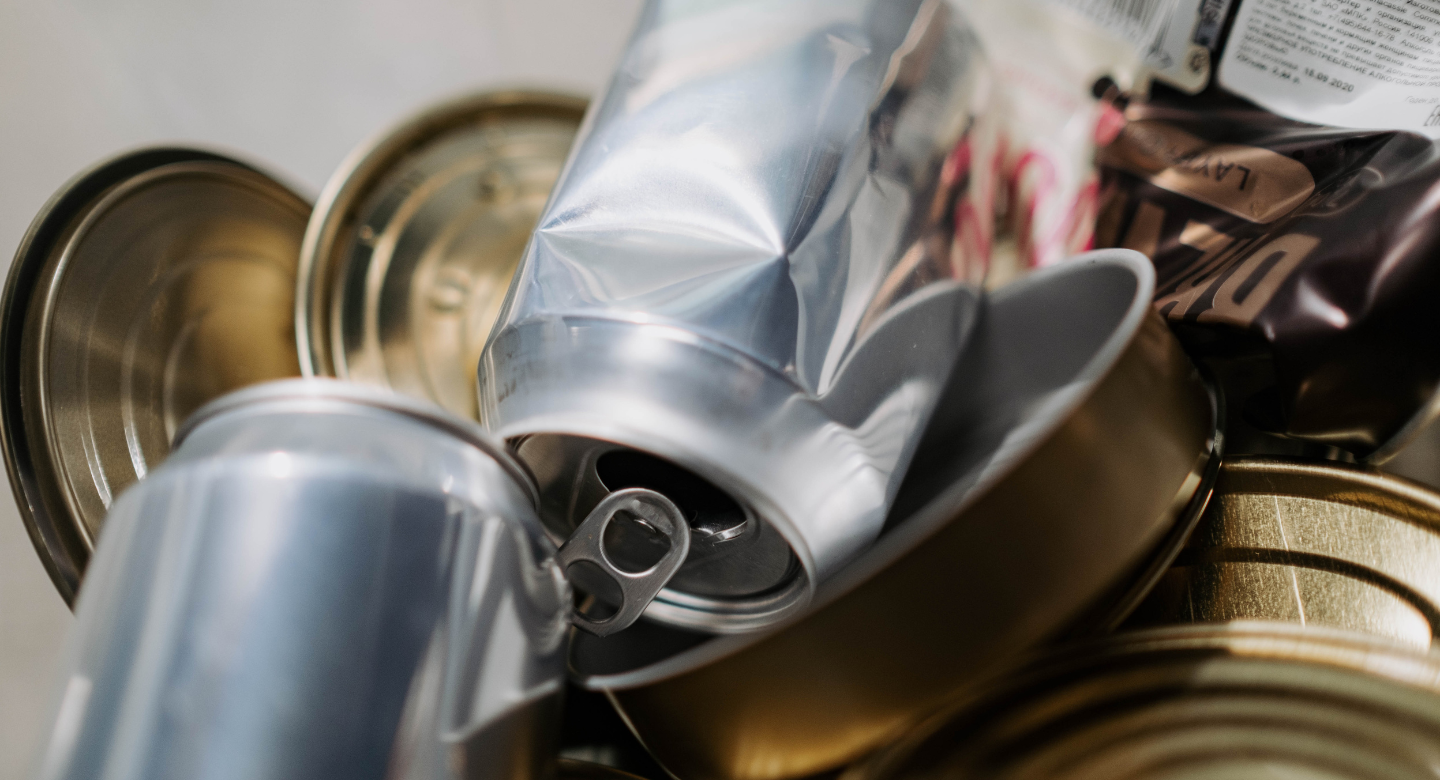
Implementing the 3Rs of sustainability for tin packaging while traveling requires thoughtful planning and awareness. Before departing, travelers can pack reusable containers and water bottles to minimize dependence on packaged products. During their journey, they can select products with recycled or minimal packaging and properly dispose of any tin packaging waste according to local recycling guidelines.
Practical strategies for sustainable management of tin packaging include:
- Carrying collapsible food containers for leftovers instead of using takeaway packaging
- Choosing beverages in refillable containers when possible
- Supporting businesses that use sustainable packaging alternatives
- Learning local recycling symbols and systems at your destination
- Collecting tin packaging waste until proper recycling facilities are available
These approaches embody the 3Rs of sustainability for tin packaging and demonstrate how travelers can minimize their environmental footprint without sacrificing convenience or enjoyment.
The Role of the 3Rs in Tin Packaging Sustainability
1. Reduce: Minimizing Waste Generation from Tin Packaging

The first component of the 3Rs of sustainability for tin packaging focuses on prevention—using fewer packaged products and generating less waste from the outset. Travelers can implement this principle by:
- Carrying reusable water bottles and refilling them throughout their journey
- Choosing bulk food items rather than individually packaged portions
- Planning meals to minimize reliance on canned foods while traveling
- Shopping at farmers’ markets and local food vendors for fresh, unpackaged options
- Selecting products with minimal or sustainable packaging designs
These reduction strategies represent the most effective approach within the 3Rs of sustainability for tin packaging, as they address the problem before waste is even created. For example, a traveler using a reusable water bottle throughout a week-long trip might prevent dozens of beverage containers from entering the waste stream.
2. Reuse: Finding Creative Ways to Repurpose Tin Packaging

When reduction isn’t possible, the second principle of the 3Rs of sustainability for tin packaging comes into play. Travelers can extend the life cycle of tin containers through creative reuse:
- Using clean tin cans as impromptu cookware when camping
- Repurposing decorative tin containers as storage for travel essentials
- Creating portable candle holders for evening ambiance at outdoor accommodations
- Using tin containers to organize small items like jewelry or electronic accessories
- Transforming tin packaging into souvenirs or craft projects that commemorate the trip
While traveling, these reuse methods provide practical ways to implement the 3Rs of sustainability for tin packaging without requiring specialized equipment or facilities. Many eco-conscious accommodations now encourage guests to participate in upcycling workshops, transforming potential waste into useful items.
3. Recycle: Ensuring Proper Processing of Tin Packaging

The final component of the 3Rs of sustainability for tin packaging involves ensuring that used containers enter appropriate recycling streams. Tin is highly recyclable, making it valuable in circular economy models. Travelers can contribute to effective recycling by:
- Learning about local recycling protocols at their destinations
- Cleaning tin packaging before recycling to prevent contamination
- Separating tin from other waste types when disposal facilities allow
- Temporarily storing tin packaging until proper recycling facilities are available
- Supporting businesses with visible recycling programs
The recycling aspect of the 3Rs of sustainability for tin packaging varies significantly across destinations. In some countries, well-developed systems make recycling straightforward, while others may require more effort from travelers. Understanding these variations helps eco-conscious tourists adapt their practices accordingly.
Sustainable Production Practices for Tin Packaging

Beyond consumer behavior, the 3Rs of sustainability for tin packaging also encompass improvements in production methods. Modern manufacturers increasingly adopt sustainable practices, including:
- Using renewable energy sources for tin processing
- Increasing the percentage of recycled content in new packaging
- Reducing the thickness of tin packaging while maintaining durability
- Implementing water conservation measures in production facilities
- Developing innovative coatings that don’t compromise recyclability
These industry advancements complement traveler efforts and enhance the overall effectiveness of the 3Rs of sustainability for tin packaging. When travelers support brands committed to sustainable production, they create market incentives for broader adoption of these practices throughout the packaging industry.
Regulatory Insights & Industry Standards in India
India has developed specific regulations regarding tin packaging recycling and production as part of its broader waste management framework. The Plastic Waste Management Rules, which also cover other packaging materials, establish guidelines for proper disposal and recycling. Additionally, the Bureau of Indian Standards has developed specifications for sustainable packaging, including tin containers.
For travelers visiting India, understanding these regulations helps navigate local recycling systems effectively. Many tourist destinations in India have implemented special programs for waste management, particularly in ecologically sensitive areas like national parks and beach destinations. By following local guidelines, travelers can better contribute to the 3Rs of sustainability for tin packaging during their Indian adventures.
Carbon Footprint Analysis of Tin Packaging
Tin packaging is commonly used for food storage, cosmetics, and gift items. It’s strong, long-lasting, and often seen as a premium packaging option. But how eco-friendly is it? Let’s look at the carbon footprint of a single tin container step by step.
Step 1: Raw Material Extraction (Mining Tin and Steel)

What happens?
Tin packaging is usually made of steel coated with a thin layer of tin. This means both iron ore (for steel) and tin ore (cassiterite) must be mined from the earth. These processes involve heavy machinery and large-scale operations.
Carbon impact?
Mining operations consume a lot of fuel, mostly diesel.
Ore refining involves high temperatures, releasing significant amounts of CO₂.
Producing 1 kg of tin emits about 3–4 kg of CO₂, and steel production emits even more.
CO₂ Emissions: 150–200g CO₂ per tin container (average size ~100g metal)
Step 2: Manufacturing the Tin Package

What happens?
Steel sheets are coated with tin and shaped into containers. The process may also involve cutting, stamping, sealing, and sometimes painting or printing.
Carbon impact?
Energy-intensive machines are used for forming and finishing.
Heat and electricity (mostly from fossil fuels) contribute to CO₂ emissions.
CO₂ Emissions: 30–50g CO₂ per container
Step 3: Transportation

What happens?
Finished tin packages are transported to factories for filling and then to retailers.
Carbon impact?
Tin is heavier than plastic or paper, meaning higher transport emissions per unit.
Emissions depend on distance and mode of transport (truck, ship, etc.).
CO₂ Emissions: 15–25g CO₂ per container
Step 4: Usage

What happens?
Tin containers are often reused for storage, gifts, or decor. This makes them more sustainable if reused multiple times.
Carbon impact?
A longer lifespan reduces the footprint per use.
If used only once, the impact per use is higher.
CO₂ Emissions: Minimal per use (~1–5g CO₂)
Step 5: Disposal
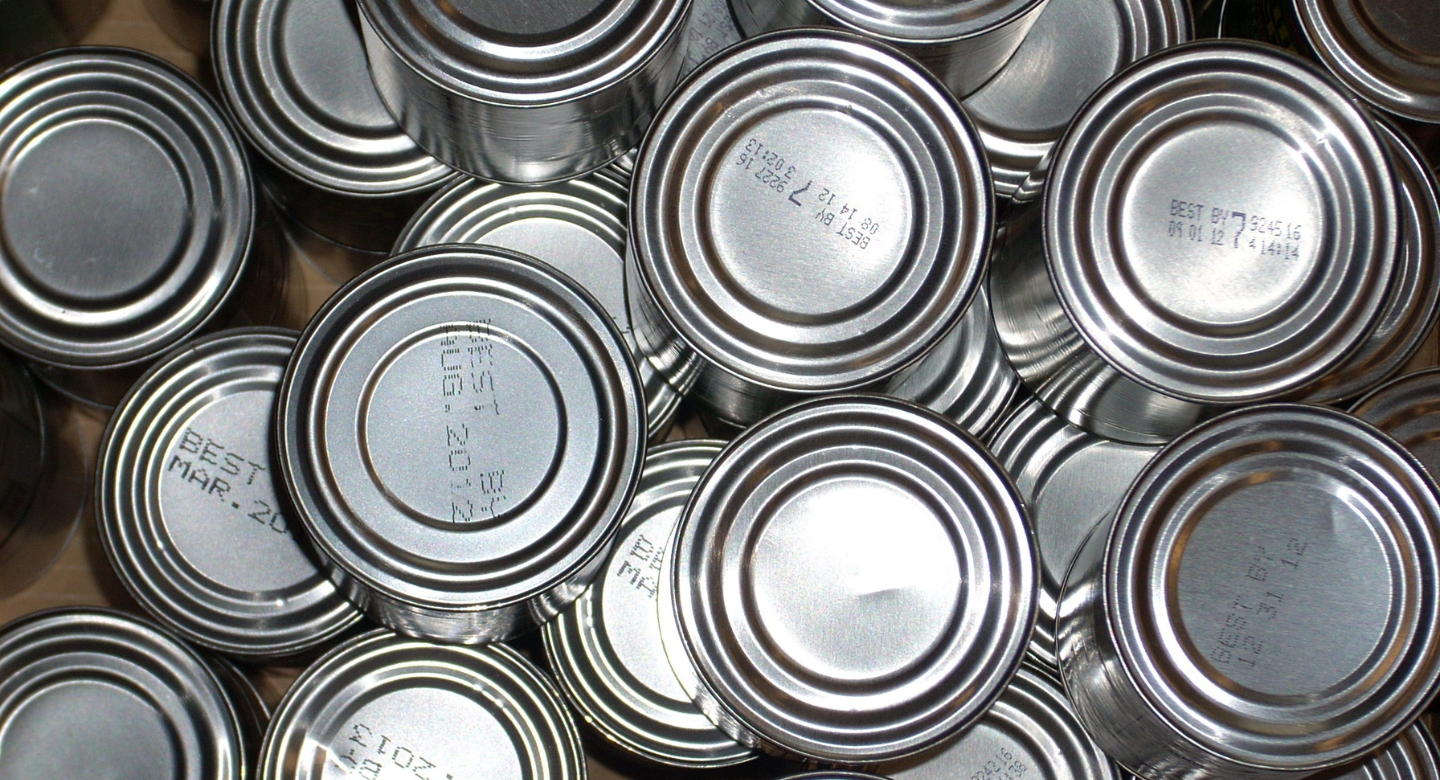
What happens?
Tin containers can be recycled easily and are among the most recycled packaging types.
Carbon impact?
Recycling saves 60–70% of energy compared to making new tin.
However, if sent to a landfill, tin takes decades to rust and break down.
CO₂ Emissions:
Recycling: ~10–15g CO₂ per container
Landfill: ~40–60g CO₂ over time
Total Carbon Footprint of One Tin Container:
Recycled Path: 200–250g CO₂
Landfill Path: 250–300g CO₂
Case Studies & Real-World Impact
Several eco-tourism destinations have successfully implemented programs focused on the 3Rs of sustainability for tin packaging:
Bali, Indonesia: The “Bye Bye Plastic Bags” initiative has expanded to include proper management of tin and other packaging materials. Beachside recycling stations and partnerships with local businesses have significantly reduced packaging litter on beaches.
Costa Rica: Eco-lodges throughout the country have implemented comprehensive recycling programs and work with suppliers to reduce packaging waste. Many provide guests with reusable containers for excursions, embodying the first principle of the 3Rs of sustainability for tin packaging.
Portland, Oregon: The city’s sustainable tourism initiative includes specific guidance for travelers on managing packaging waste. Special recycling bins throughout tourism areas make proper disposal convenient, supporting the recycling component of the 3Rs.
These examples demonstrate how destination-wide approaches to the 3Rs of sustainability for tin packaging can create significant positive environmental impacts while enhancing the visitor experience.
Actionable Steps for Travelers & Outdoor Enthusiasts to Reduce Tin Packaging Waste
Eco-conscious explorers can implement the 3Rs of sustainability for tin packaging through these practical strategies:
- Pack a reusable water bottle, coffee cup, and food containers for every trip
- When purchasing packaged items, opt for larger sizes to reduce packaging-to-product ratio
- Research recycling facilities at your destination before traveling
- Carry a small bag for collecting recyclables until proper disposal is possible
- Participate in beach or trail clean-ups that often recover tin packaging waste
- Support tourism businesses with visible sustainability commitments
- Share your sustainable practices with fellow travelers to spread awareness
These simple yet effective actions embody the principles of the 3Rs of sustainability for tin packaging and demonstrate how individual choices collectively create significant environmental benefits in tourism contexts.
Conclusion: The Future of Tin Packaging Sustainability
The 3Rs of sustainability for tin packaging represent a powerful framework for addressing one of tourism’s persistent waste challenges. As travelers increasingly adopt these principles, the industry responds with improved infrastructure and more sustainable options. The future of tin packaging sustainability depends on this continued commitment from all stakeholders—travelers, businesses, and destination managers alike.
By embracing the 3Rs of sustainability for tin packaging, eco-conscious travelers contribute to preserving the natural beauty that inspires their journeys. This mindful approach transforms tourism from a potential environmental burden into a force for positive change, ensuring that breathtaking destinations remain pristine for future generations of adventurers to enjoy. As more people incorporate these practices into their travel routines, the collective impact on reducing waste and protecting natural environments will continue to grow.
Explore More Such Content
3Rs of Sustainability for Single-Use Packaging
3Rs of Sustainability for Glass Bottles
3Rs of Sustainability for Aluminum Cans
Frequently Asked Questions (FAQs) On The 3Rs of Sustainability for Tin Packaging
What are the 3Rs of sustainability in the context of tin packaging?
The 3Rs—Reduce, Reuse, and Recycle—are essential principles for promoting environmental responsibility. In the context of tin packaging, reducing means minimizing the amount of tin used in packaging, either by making containers lighter or optimizing their size. Reusing involves finding new ways to use tin containers after their original purpose, such as storing items or for decorative purposes. Recycling refers to the process of collecting used tin packaging and converting it into new products, helping to conserve resources and reduce environmental impact.
How is tin packaging recyclable?
Tin packaging is highly recyclable and can be reprocessed an unlimited number of times without losing quality. After use, the tin can be collected, cleaned, and melted down to form new products. This makes it one of the most sustainable packaging materials, as it reduces the demand for raw materials and significantly cuts down on landfill waste.
Why is it important to reduce the use of tin packaging?
Reducing the use of tin packaging is important because it helps conserve natural resources like tin ore, reduces the energy required for production and transportation, and cuts down greenhouse gas emissions. By minimizing unnecessary packaging or switching to alternative, lighter materials when possible, manufacturers and consumers can lessen the environmental footprint of their consumption.
Can tin packaging be reused at home?
Yes, tin packaging is very versatile and can be reused in many creative ways. People often repurpose tin containers for organizing small household items, creating DIY crafts, or even as plant pots and candle holders. This not only saves money but also prevents waste and promotes a sustainable lifestyle.
What makes tin packaging more sustainable than plastic?
Tin is considered more sustainable than plastic for several reasons. Unlike plastic, which often degrades after recycling, tin can be recycled indefinitely without losing its structural integrity. Tin also has a higher recycling rate globally and is less likely to contribute to pollution in oceans and natural environments due to its heavier, non-fragmenting nature.
Is recycled tin of the same quality as newly produced tin?
Absolutely. Recycled tin retains the same properties and quality as newly mined tin, making it an excellent material for creating new products. This characteristic allows for a closed-loop recycling system, where the same material can be reused over and over again without compromise.
How can businesses reduce tin usage in packaging?
Businesses can reduce tin usage by designing more efficient packaging that uses less material, adopting lightweight tin containers, or incorporating recycled content into new products. They can also encourage consumers to return used tins through buy-back or deposit programs to ensure a circular approach.
What happens if tin packaging is not recycled?
If tin packaging is not recycled, it usually ends up in landfills, where it takes decades to degrade. This leads to resource wastage and contributes to environmental pollution. Improper disposal also prevents the opportunity to reuse valuable materials that could have been part of the recycling loop.
Are there challenges in recycling tin packaging?
Yes, some challenges include contamination from food residues, labels that are difficult to remove, and a lack of proper collection infrastructure in certain areas. However, when tin is clean and sorted properly, it remains one of the easiest materials to recycle efficiently.
How can consumers support the 3Rs for tin packaging?
Consumers can support the 3Rs by choosing products with minimal and recyclable tin packaging, reusing tins creatively at home, and ensuring they dispose of tins in recycling bins. By being more mindful of their consumption habits, individuals can contribute to a more sustainable and waste-free world.



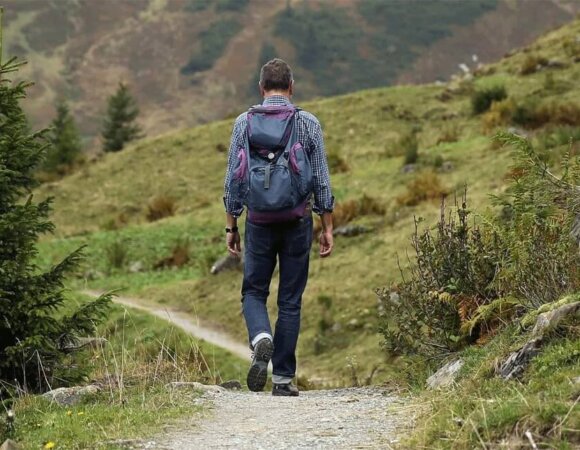

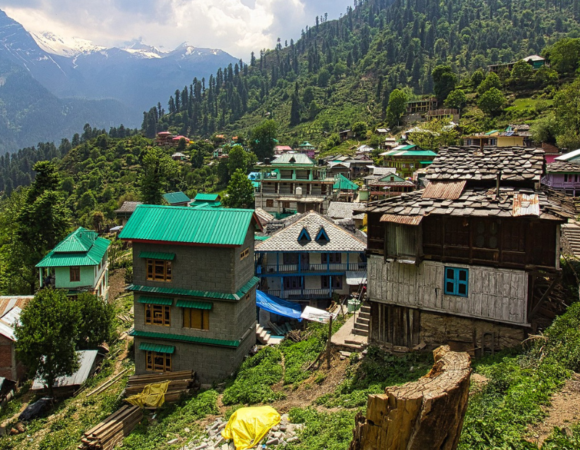


[…] 3Rs of Sustainability for Tin Packaging3Rs of Sustainability for Old Mobile Phones […]